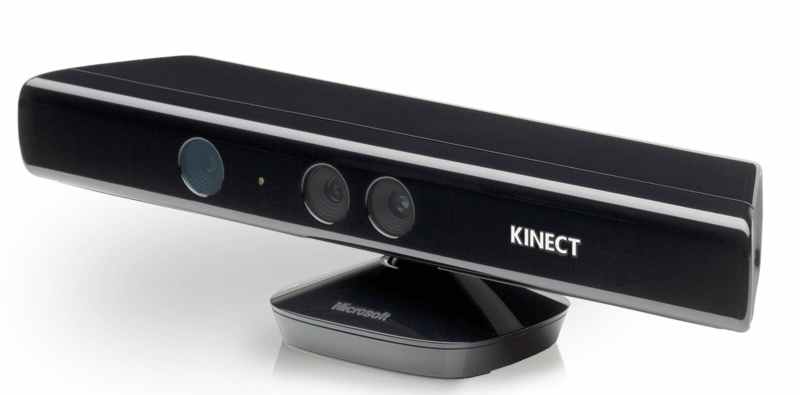| Microsoft Patents Kinect DRM That Detects Number Of Viewers |
| Written by Harry Fairhead | |||
| Thursday, 08 November 2012 | |||
|
We are all used to being impressed by the amazing things that can be done with a Kinect depth camera, but the latest patent from Microsoft might not please everyone quite as much. It uses the device to detect how many people are, say, watching a movie to be able to charge per-view per-person. In many ways the patent's title says it all: Content Distribution Regulation By Viewing User The idea that one day soon we would all have a Kinect sitting on top of our TV sets so that we can wave at it to change the channel or turn down the volume seems such a good one that you probably can't wait for it to happen. But with good things sometimes come interesting possibilities. Recently we reported on a plan to use a Kinect to verify that you were who you claimed to be as part of a secure bank transaction. This also seems like a great use of the device - but the same technique can easily be turned into a Digital Rights Management tool.
It is even easier to use the Kinect to work out how many people there are in the room and check that this satisfies a license to view. It opens up the possibility of being able to sell TV programs, downloaded videos and games on a per-view, per-user basis. For example, you could buy a license to play a game six times and then play with six people once or three people twice. The Kinect would monitor how many people were playing and, as the summary of the patent says: "the users consuming the content on a display device are monitored so that if the number of user-views licensed is exceeded, remedial action may be taken." The patent doesn't go into details of how the number of people is to be detected, but Microsoft already has a patent on determining the age of a viewer using the Kinect to estimate body size and one of the license options in the current patent is to limit viewing to particular age groups. However, the patent allows for a range of technologies: "The image camera component 32 may include an IR light component 34, a three-dimensional (3-D) camera 36, and an RGB camera 38 that may be used to capture the depth image of a capture area." However, given the rate at which video based tracking and recognition is improving, it may be that a full depth camera isn't needed and a simple video camera is all that is needed, i.e. of the sort that is built into most portable devices. If you have some software that you want to protect then the idea of counting the number of uses. and even tying your license to particular people. may seem attractive but consider it from the user's point of view - in fact consider it with you as the user. There is something about this approach that is unpalatable in the extreme and yet it is so straightforward it seems unlikely that it will not be used. Of course this is the tip of a surveillance iceberg that devices like the Kinect with image recognition and tracking software make easier to implement with each passing day.
More InformationContent Distribution Regulation By Viewing User - Patent Related ArticlesKinect The Ultimate Security Device Kintinuous - Kinect Creates Full 3D Models Open Souce Kinect Fusion - Instant Interactive 3D Models KinectFusion - instant 3D models KinectFusion - realtime 3D models Shake n Sense Makes Kinects Work Together! Practical Windows Kinect in C# (e-book)
Comments
or email your comment to: comments@i-programmer.info
To be informed about new articles on I Programmer, install the I Programmer Toolbar, subscribe to the RSS feed, follow us on, Twitter, Facebook, Google+ or Linkedin, or sign up for our weekly newsletter.
|
|||
| Last Updated ( Thursday, 08 November 2012 ) |



